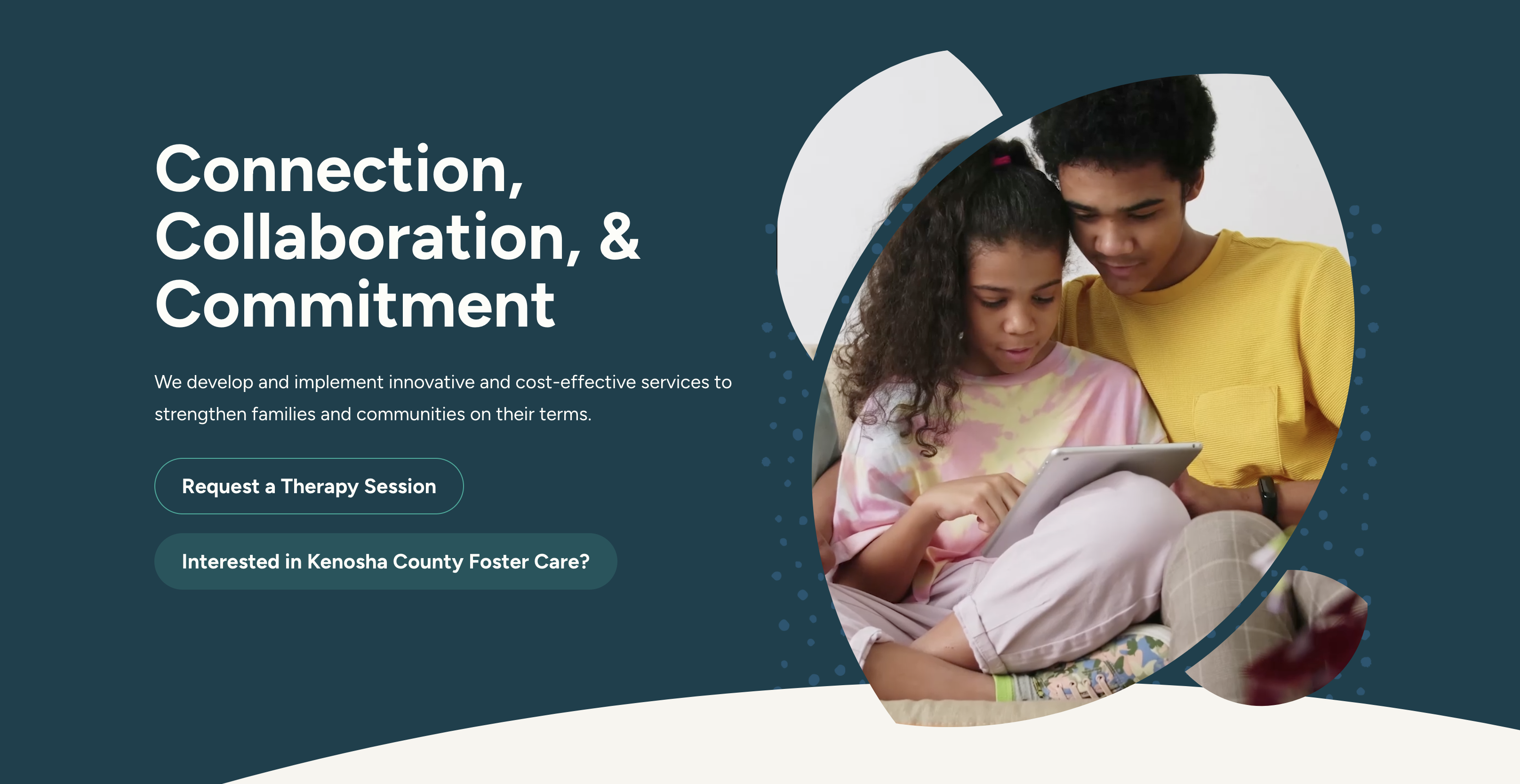Back in April my daughter was able to participate in her very first Easter Egg hunt. At just under a year old, her “hunting” abilities were limited to her watching other kids search for eggs, and being terrified of the easter bunny. It’s a mostly positive experience for the kids, and fun for the parents to watch.
In the case of Easter Egg hunts, the idea is to make it difficult to find the “treasure” you provide. However, in the world of digital marketing, designing call to actions that require a “hunt” is a bad idea. We are bombarded with distractions as we surf the web, meaning the quicker your visitors find an action, the more likely you are to convert them to a buyer/subscriber.
On every web page, email, or post, include a crystal-clear call to action. If your visitor can’t find the action right away, there is a good chance that they are going to drift off to another website. Your call to action entails the design, message, and incentive that encourages a user’s engagement.
Ideas for Call to Actions
Standard “Contact Us” – Every web page, with a few rare exceptions, should have a clear “Contact Us” call to action. This can be in the header, footer, and/or sidebar. Make it easy for a visitor who is reading your content to get in touch with you.
Request Information Forms – For many organizations, their products and services pages are a great place to feature request information forms. This allows visitors a soft next step of proceeding to learn more about your offering.
Resource Downloads – If you have a valuable resource, such as a webinar, powerpoint, white paper, guide, etc., you can add a “gated” form to it to collect user information. This of course first requires that you have something of value, but if you do, it’s a powerful way to identify prospective buyers.
Email Sign-up – Email newsletters are a great way to keep prospective and current customers engaged with your brand. By adding email sign-up call to actions, you enable your visitors to self-select to continue receiving information from you. Newsletter sign-up forms tend to work best on pages with helpful content, such as blogs or resource sections. Now, just don’t forget to actually send those emails…
Related Content – While it doesn’t help identify a prospect right away like a form does, cross-linking content in your site is a great way to encourage more engagement. For instance, if your visitor is on your service page for “Residential Roofing,” your page layout can include the three most recent blog posts in the “Roofing” blog category.







